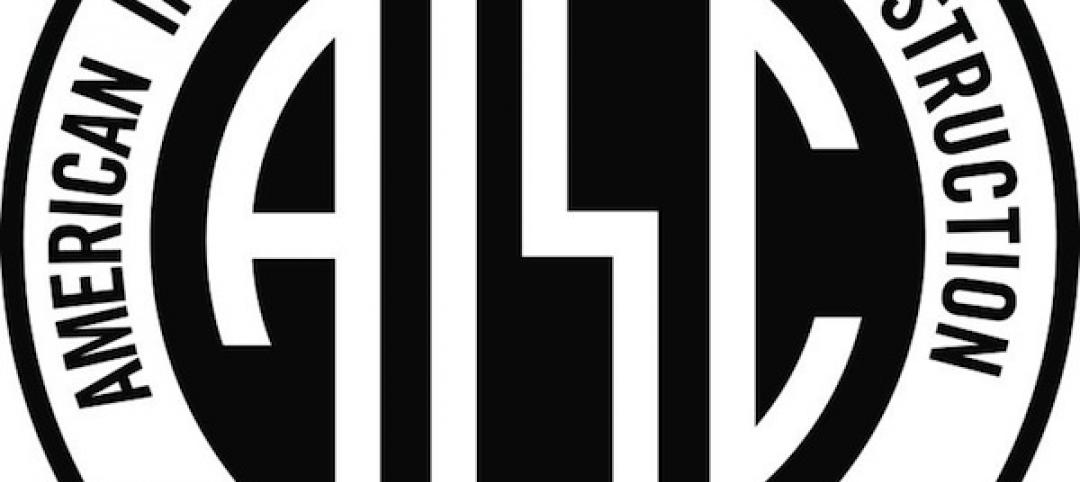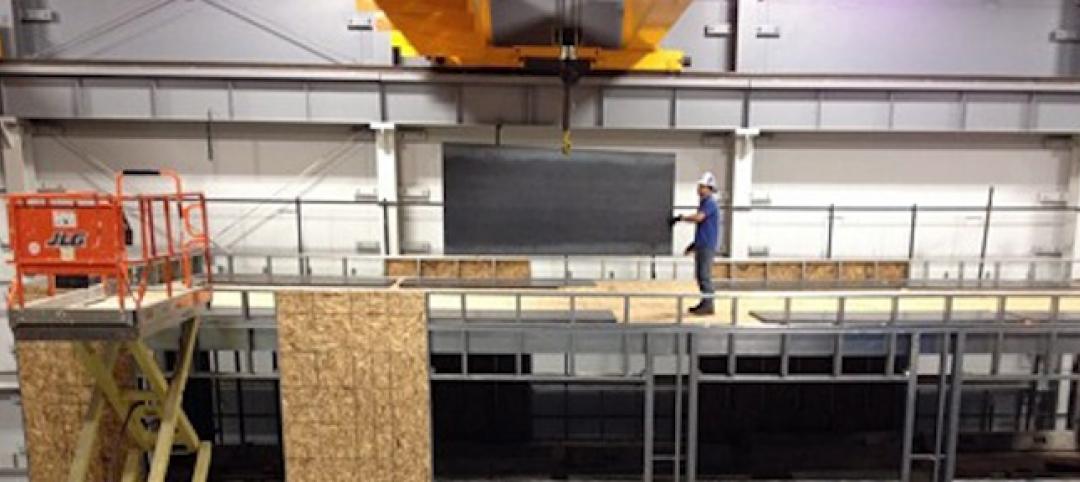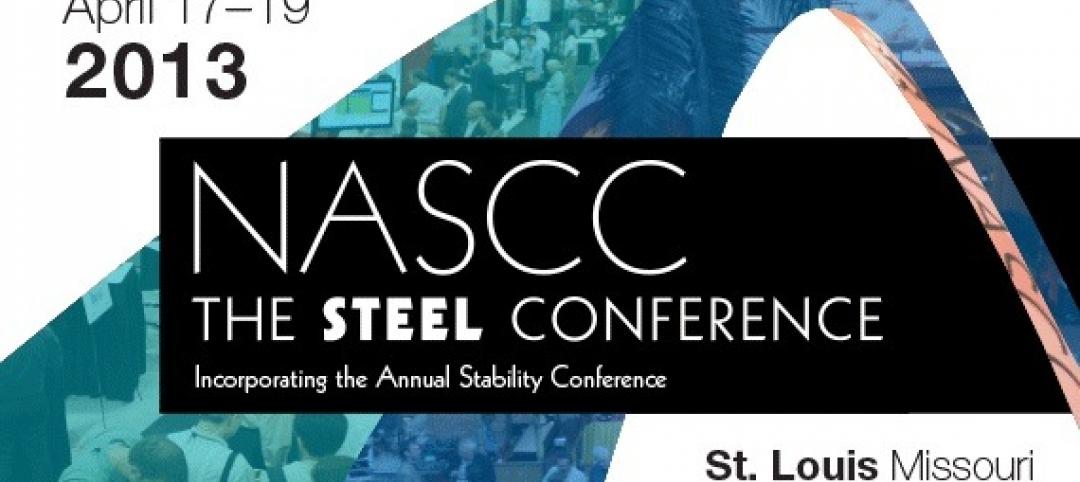Vancouver, Canada’s third largest metropolitan area, has the country’s highest seismic risk.
Recent simulations suggest that existing models used to develop current building codes have underestimated the region’s seismic hazard, according to a new study led by researchers from the University of British Columbia. Vancouver is surrounded by mountains and lies in a basin composed of deep sedimentary deposits near the Cascadia Subduction Zone, an active tectonic plate boundary.
This geology is softer and less compact than the surrounding bedrock, and will amplify shaking caused by seismic waves, researchers say. This makes high-rises in the city more vulnerable to damage from a major earthquake than in other regions.
Ground motion models serve as the foundation for Canada’s national seismic hazard model, and they typically rely on past observations of earthquakes from around the world. Seismic codes are based on these, but do not account for Vancouver’s particular geology. Tall buildings constructed before 1990 are most at risk.
Related Stories
| Oct 25, 2013
California struggles with updated seismic codes
In California, there are still hundreds of concrete buildings that need reinforcement to bring them up to the new seismic code.
| Aug 23, 2013
Simpson Strong-Tie sponsors final phase of cold-formed steel seismic tests
Simpson Strong-Tie donated product and provided technical expertise for the CFS-NEES project, a series of earthquake tests for cold-formed steel-framed buildings. As part of the final phase of a three-year, National Science Foundation-funded research project led by Johns Hopkins University, the purpose of the tests is to better understand the overall system performance of cold-formed steel-framed buildings and to develop performance-based design methodology for seismic resistance.
| Jul 9, 2013
AISC releases Design Guide on Blast Resistant Structures
Design professionals now have a valuable new resource on blast resistant structures with AISC Design Guide No. 26, Design of Blast Resistant Structures.
High-rise Construction | Jul 9, 2013
5 innovations in high-rise building design
KONE's carbon-fiber hoisting technology and the Broad Group's prefab construction process are among the breakthroughs named 2013 Innovation Award winners by the Council on Tall Buildings and Urban Habitat.
| Jun 14, 2013
Purdue, industry partners test light steel framing for seismic safety
A partnership of leading earthquake engineering researchers from top U.S. and Canadian universities and design professionals from the steel industry have begun the final phase of a three-year project to increase the seismic safety of buildings that use lightweight cold-formed steel for their primary beams and columns.
| Mar 29, 2013
Top industry professionals to receive awards at NASCC: The Steel Conference
On April 17, Michael F. Engestrom, Dann H. Hall, Michael A. West, Stephen A. Mahin, Wallace W. Sanders, Jr., Mark V. Holland, Steven C. Ball, Rafael Sabelli, Judy Liu and William J. Wright will be recognized by the American Institute of Steel Construction (AISC) for their exceptional contributions to the advancement of the structural steel design and construction industry.
| Mar 4, 2013
Legendary structural engineer Gene Corley passes away at 77
CTLGroup, an expert engineering and materials science firm located in Skokie, Illinois, is saddened by the news that W. Gene Corley, Ph.D., S.E., P.E., Senior Vice President, died on March 1, 2013 after a brief battle with cancer.
| Feb 20, 2013
Group of West Coast civil engineers developing building standards for tsunamis
A group of civil engineers from around the western U.S. is developing additions to the building code to address the threat of a tsunami.
| Jun 1, 2012
New BD+C University Course on Insulated Metal Panels available
By completing this course, you earn 1.0 HSW/SD AIA Learning Units.
















